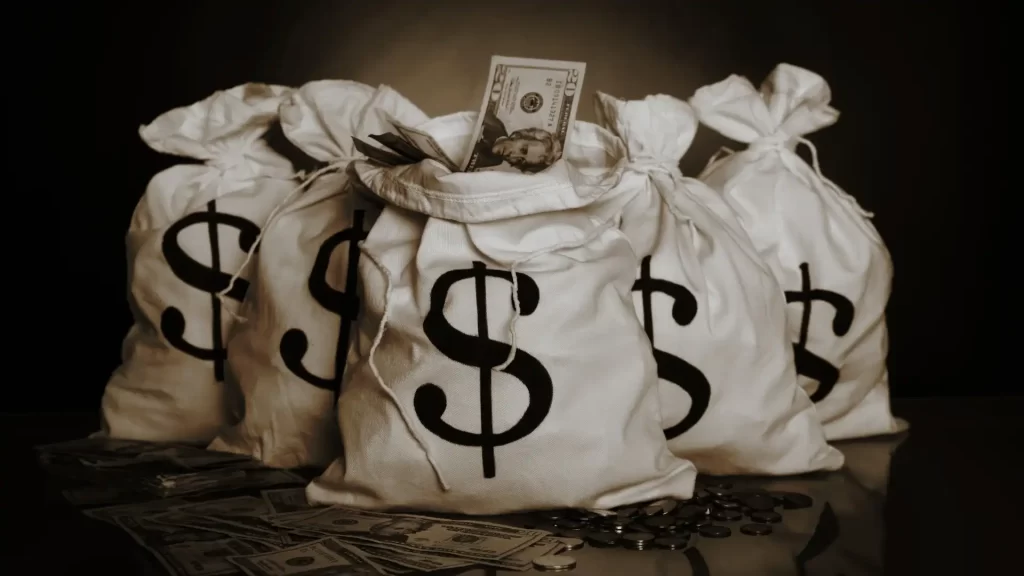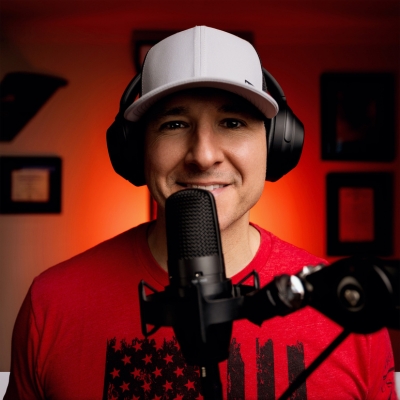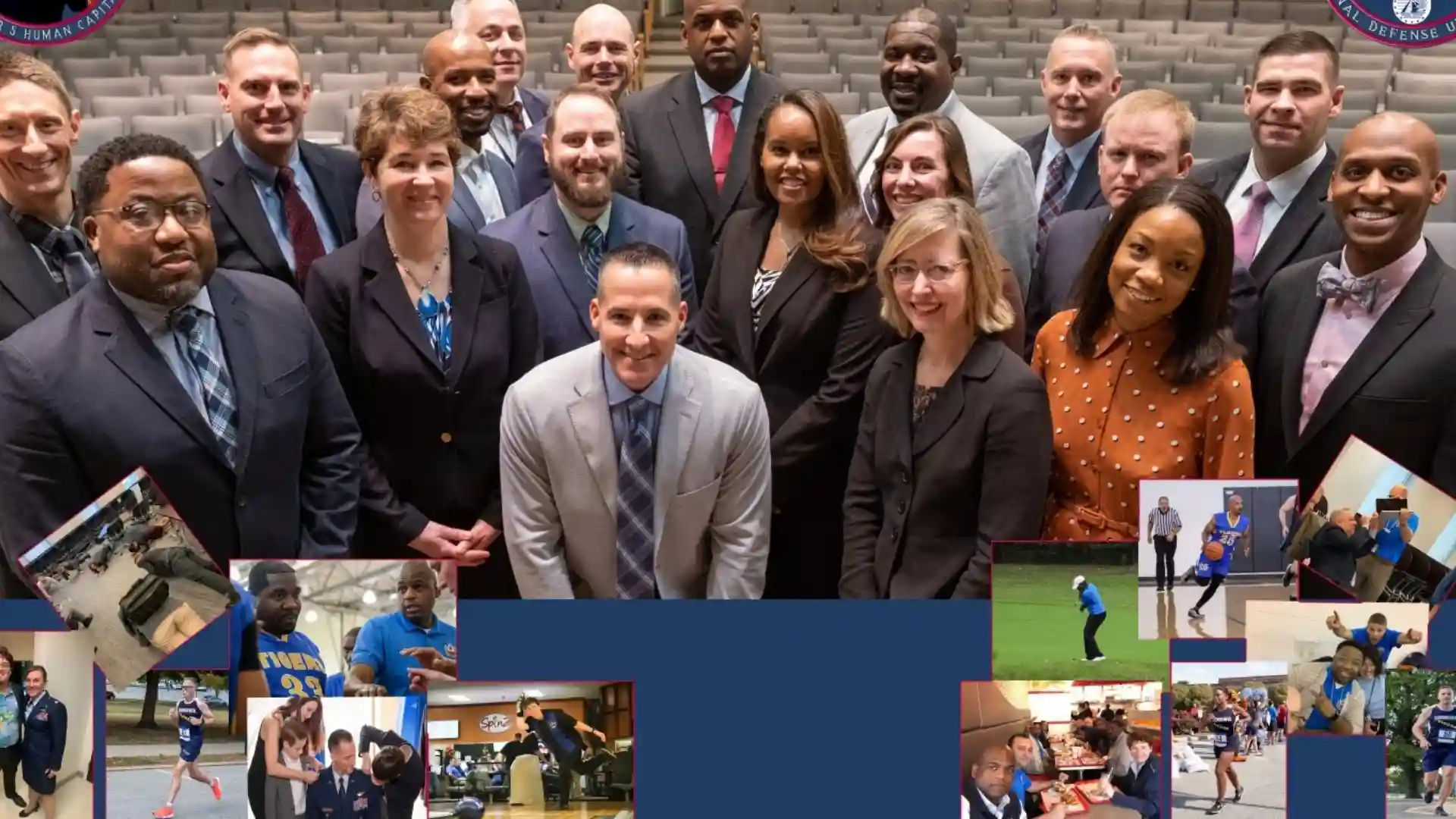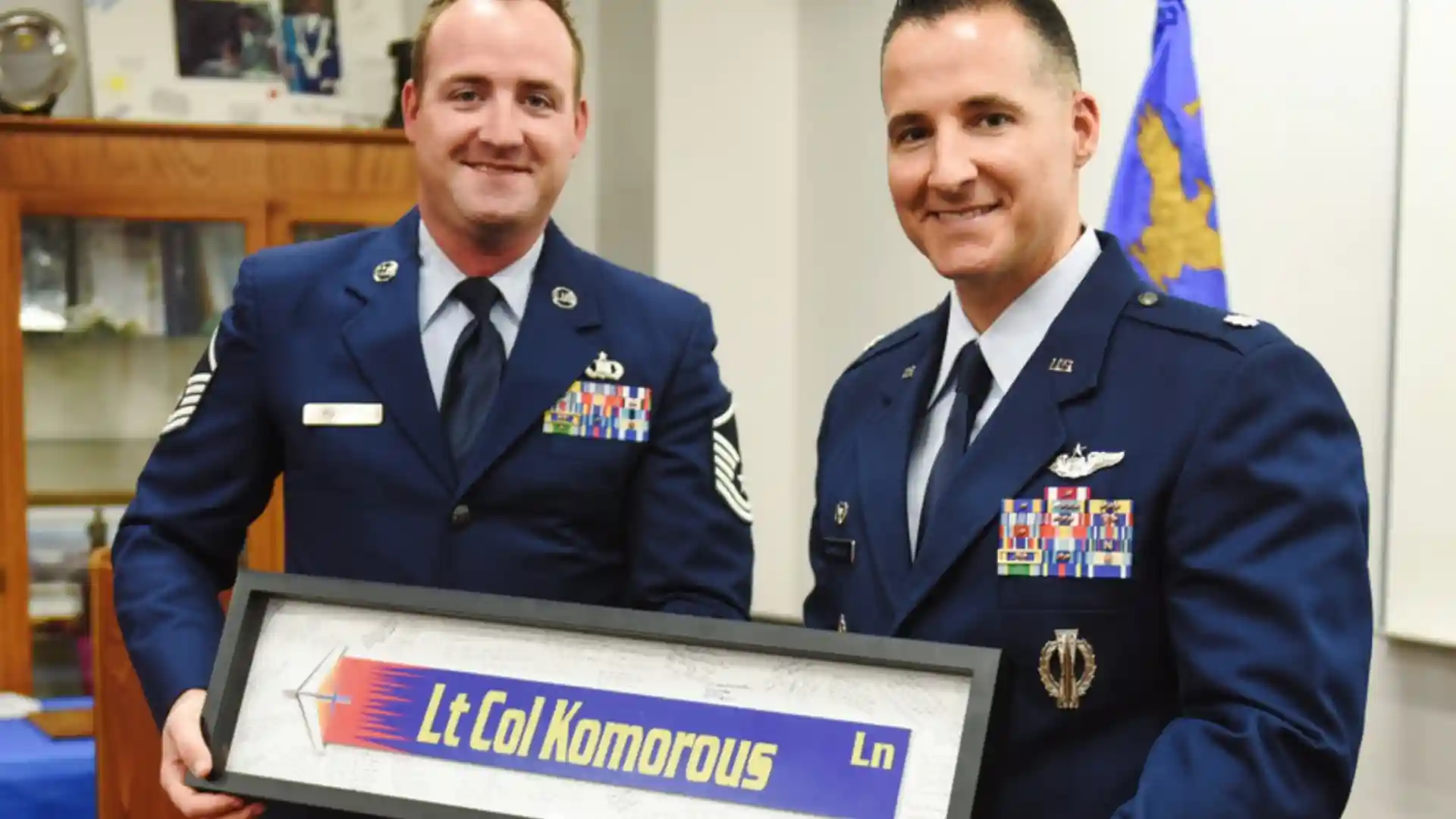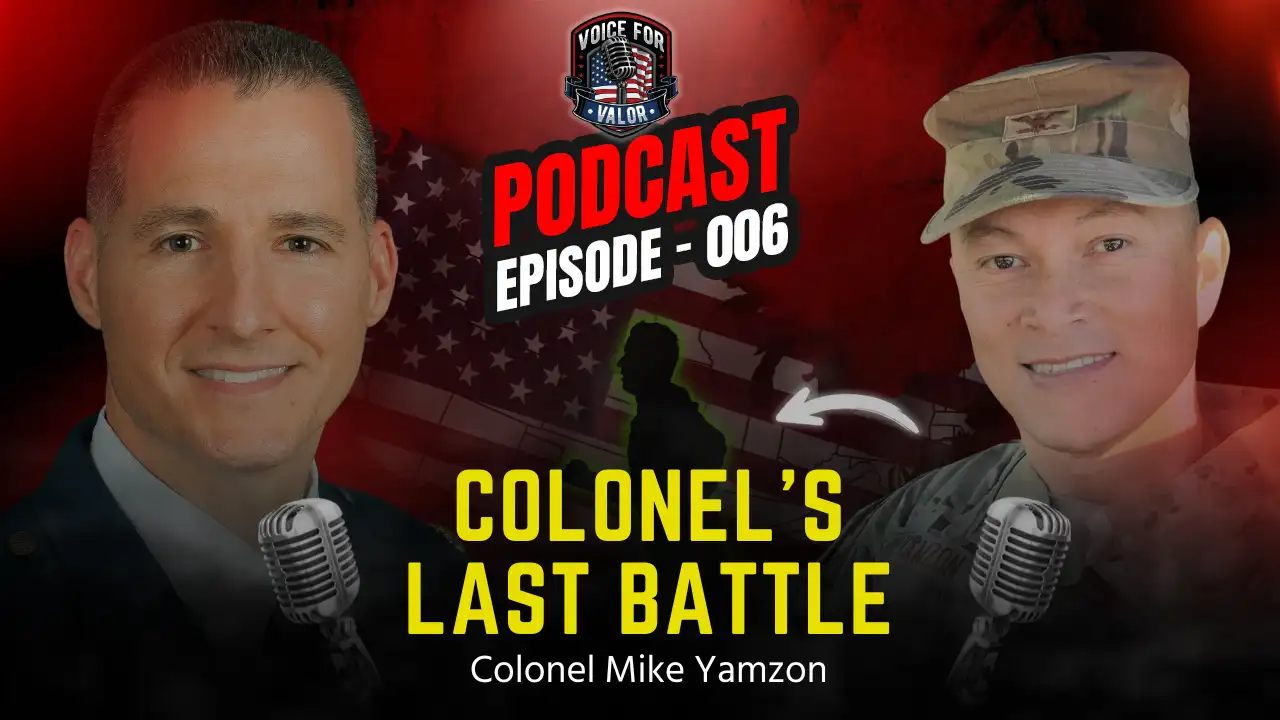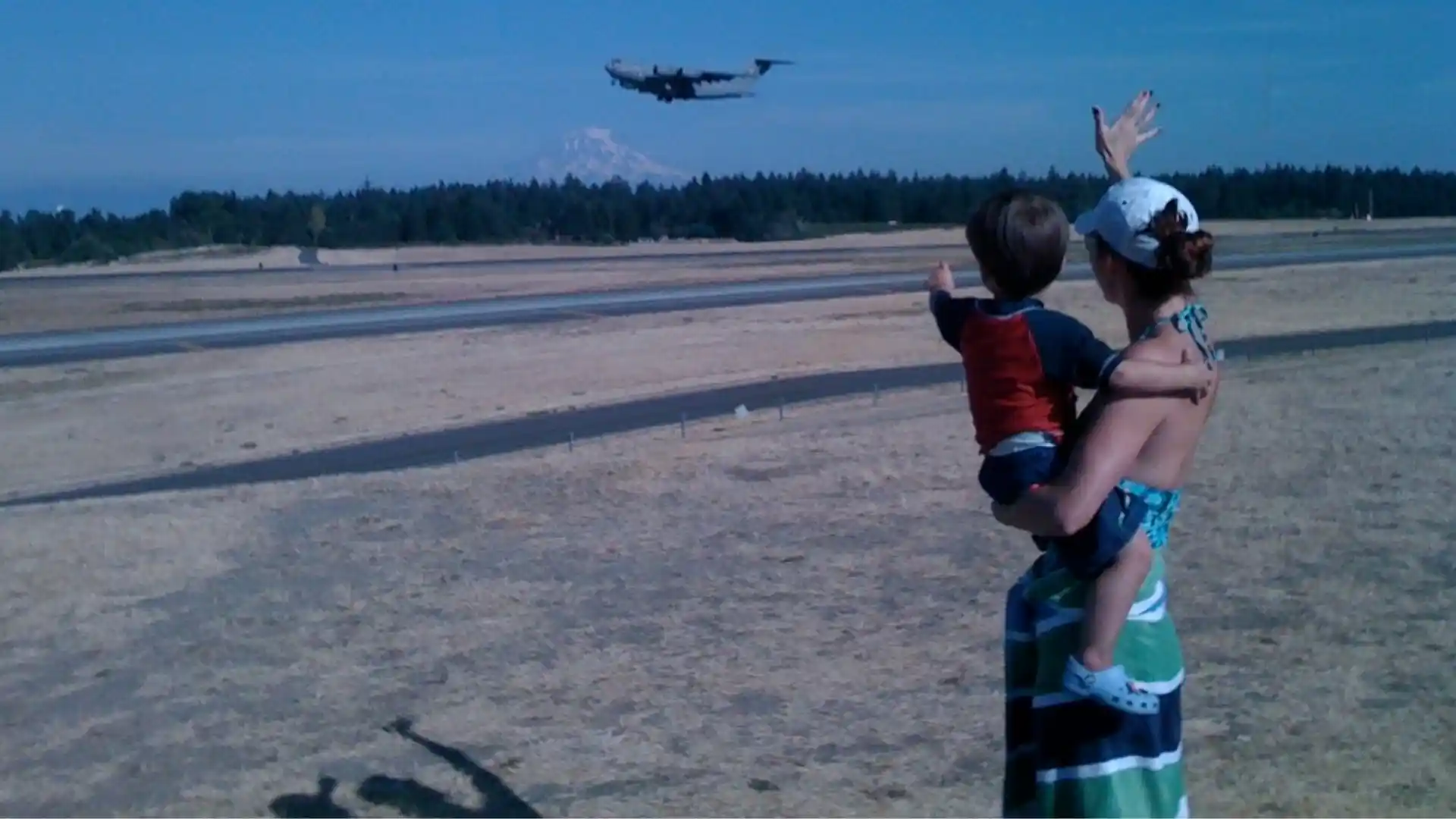Have you ever wondered how much it really costs to start a podcast? I’ve been there too! The good news is that launching a podcast is cheaper than most people think. Whether you’re on a tight budget or ready to invest in high-quality gear, you can start a great podcast without breaking the bank. Let’s dive into the essential costs involved in creating your own podcast.
Ever wondered how much it really costs to start a podcast? I’ve been there too! The good news—it’s cheaper than you think. Whether you’re on a budget or ready to invest, you can launch a great show without spending a fortune. Let’s break it down!
Table of Contents
TogglePodcast Equipment Basics
You don’t need an expensive studio to start a podcast—I certainly didn’t when I launched my first one! Many podcasters begin with a simple USB microphone and free recording software. If you want better sound, upgrading to an external mic and a pop filter is a game-changer. When I switched from a basic headset to an external mic, my audio quality improved instantly, and my listeners noticed.
💰 Cost: A basic setup starts at $100, while a professional setup can go over $3,000.
Podcast Hosting and Distribution Guide
Once you record your episodes, you need a place to store and share them. Hosting platforms like Buzzsprout, Podbean, and Anchor make this easy. Some are free, while paid plans offer extra features like analytics and better distribution. From my experience, starting with a free plan is fine, but upgrading later can help you track your audience growth.
💰 Cost: Hosting ranges from $0 to $50 per month.
- Podcast Editing DIY or Pro?
Editing makes your podcast sound professional. Free tools like Audacity and GarageBand are great for beginners. If you want top-quality sound, you can invest in paid software or hire an editor. I tried editing my first few episodes, but it took hours—so eventually, I outsourced it. If you have the time, DIY works, but if you’d rather focus on content, hiring an editor is worth it. However, if you plan to have your videos edited by a professional video editor, you can contact Brand Builders Bangladesh.
💰 Cost: DIY editing is free, but hiring an editor costs $50–$200 per episode.
- Podcast Website and SEO
A website helps people find your podcast and makes it look more professional. SEO (Search Engine Optimization) helps your show appear in search results. A simple site with episode notes and links can increase your audience. I once ignored SEO for my podcast, and it barely got traffic. Once I optimized my site with keywords and transcripts, I saw a big boost in listeners. Brand Builders Bangladesh is also handling my SEO matters.
💰 Cost: A basic website costs about $500 per month. Investing in SEO can help attract more listeners.
Marketing for More Listeners
Your podcast won’t grow without promotion. Social media, email lists, and guest appearances help spread the word. Paid ads can boost visibility, but free strategies like SEO and collaborations work too. I found that being a guest on other podcasts was the best free way to gain listeners—it builds credibility and expands your reach fast.
💰 Cost: Marketing can be free, but paid ads can cost $50–$500 per month.
Starting a podcast is exciting, and trust me, you don’t need a fortune to do it. With the right tools and smart investments, you can create a show that sounds great and reaches the right audience. Ready to hit record?
Affordable vs Professional Podcast Setup
You don’t need a fancy studio to start a podcast. I’ve been there—I started with just a mic and free software in my bedroom. The key is choosing the right gear for your budget!
Budget Setup (Under $100)
Want to start a podcast without spending much? You can still get good sound! When I first started, I used a budget mic and GarageBand, and trust me, it was enough to get going.
- Free software – Use Audacity (Windows, Mac) or GarageBand (Mac) to record and edit.
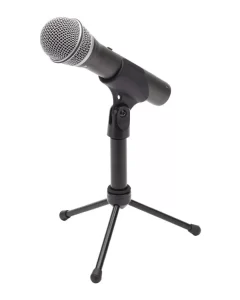
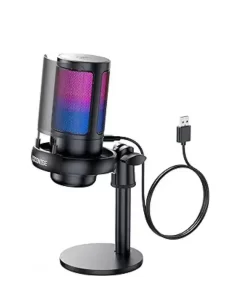
- Affordable USB mics – Try the Samson Q2U or FIFINE K669B for clear audio. These are beginner-friendly and deliver solid quality.

- DIY editing – Record in a quiet space, use a $10 pop filter, and edit carefully. I once recorded next to a noisy window—never again! A quiet space makes all the difference.
Cost: Under $100 for a basic mic, free software, and simple editing.
Mid-Range Setup ($200–$500)
If you’re ready for better sound, a mid-range setup is the way to go. I upgraded to an XLR mic and an audio interface, and wow—what a difference!
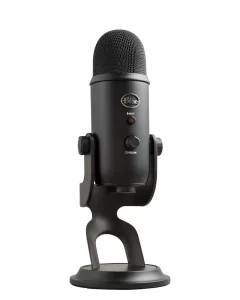
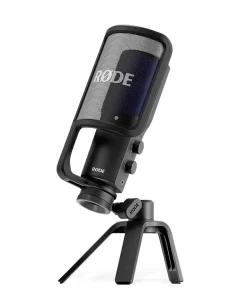
- Better microphones – The Logitech for Creators or Rode NT-USB sound clearer and more professional.
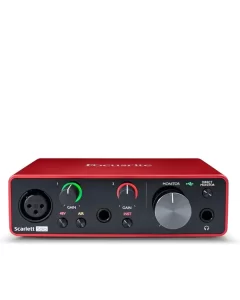
- Audio interface – A Focusrite Scarlett Solo improves sound and works with XLR mics. I switched to this, and my recordings instantly sounded richer.
- Soundproofing – Foam panels ($30–$50) and a mic shield cut background noise.
- Paid editing software – Adobe Audition or Reaper help with editing. These make editing faster and smoother.
Cost: $200–$500 for a quality mic, soundproofing, and pro tools.
Pro Setup ($1,000+)
If you want studio-quality sound, a pro setup is worth it. I’ve worked with pros who use this gear, and their audio sounds like it’s straight from a major studio.
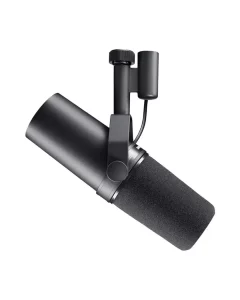

- Top microphones – The Shure SM7B or Electro-Voice RE20 sound amazing. These are used by top podcasters and radio hosts.
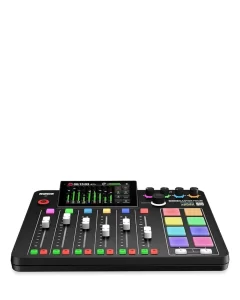
- Mixers & recording gear – A Rodecaster Pro adds live effects and handles multiple voices. Perfect if you’re doing interviews or group recordings.
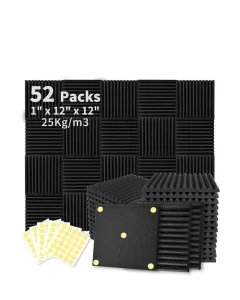
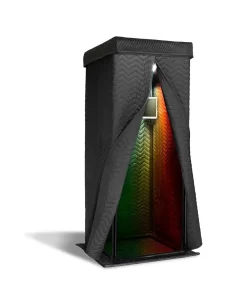
- Studio soundproofing – Acoustic foam, bass traps, and isolation booths keep sound clean.
- Advanced editing – Izotope RXremoves noise and polishes audio. It’s a lifesaver for fixing messy recordings.
Cost:$1,000+ for high-end mics, mixers, and expert editing tools.
Final Thoughts
Good audio matters. Even when I started small, I learned that smart editing and a decent mic go a long way. If you want top-quality sound without the hassle, consider hiring an expert for editing.

